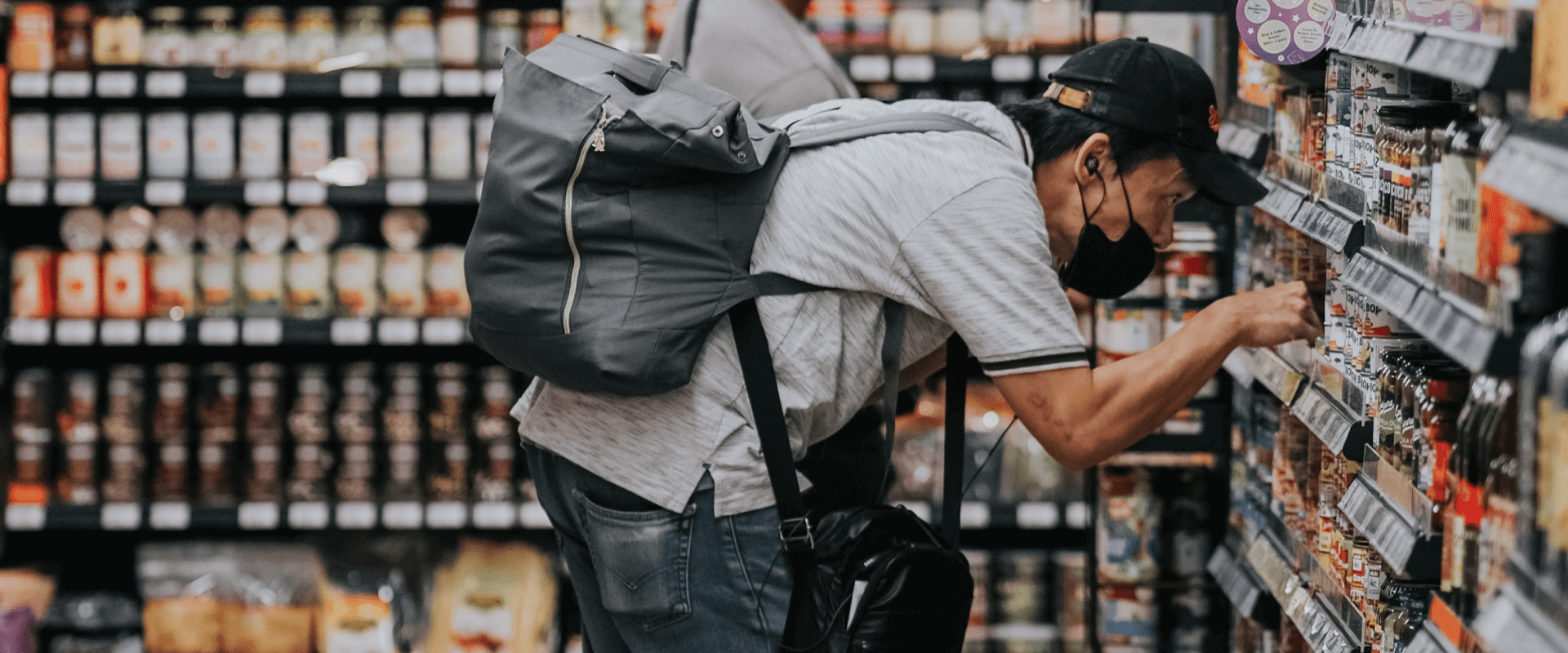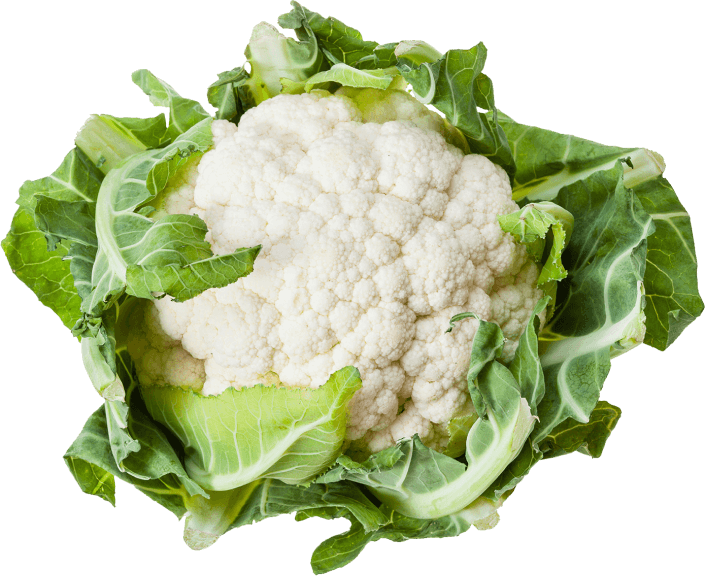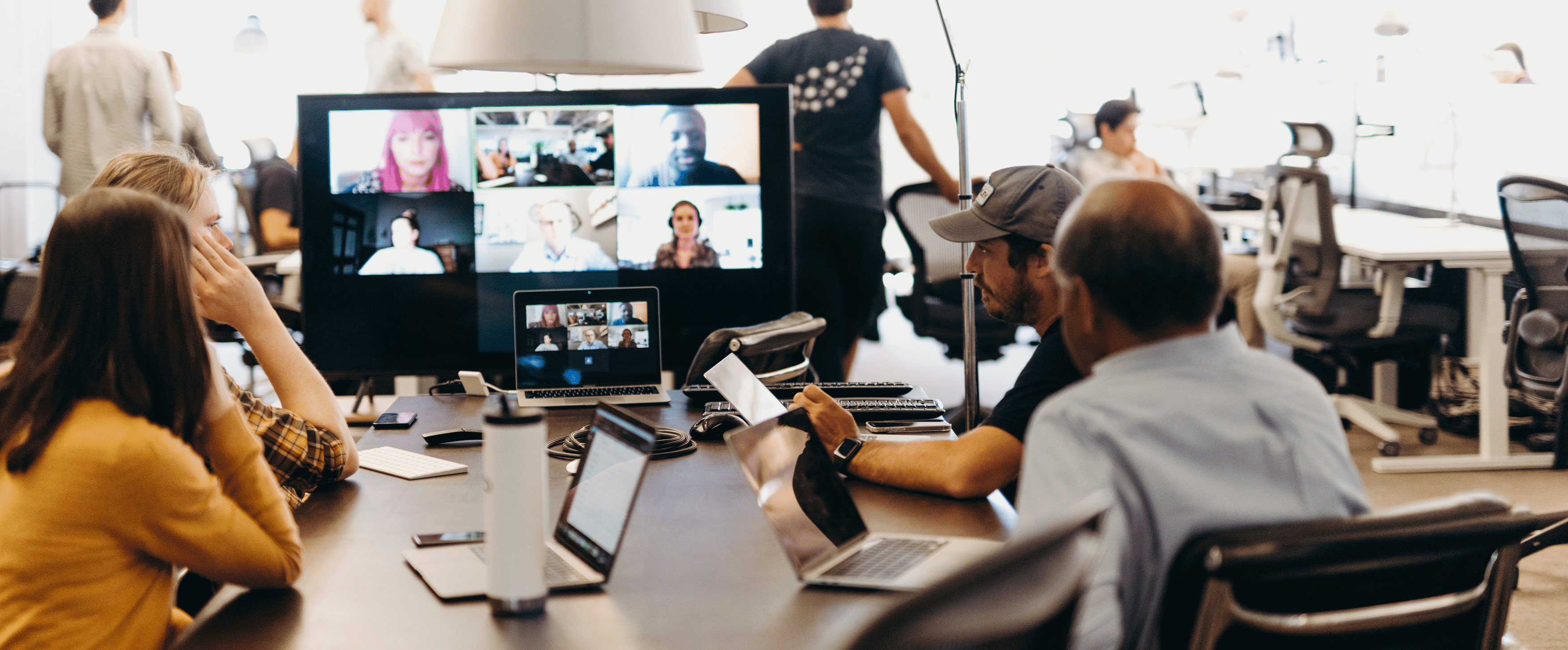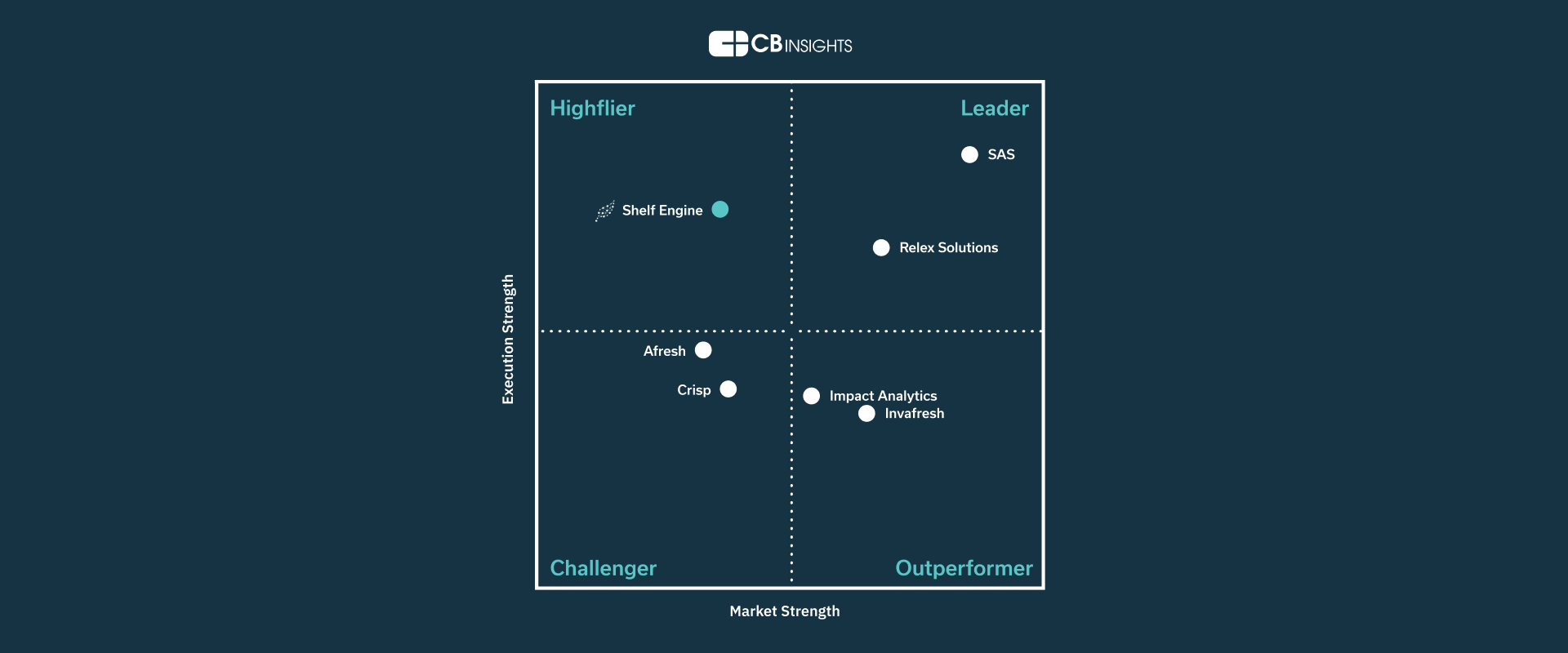This website uses cookies so that we can provide you with the best user experience possible. Cookie information is stored in your browser and performs functions such as recognising you when you return to our website and helping our team to understand which sections of the website you find most interesting and useful.
4 Ways Smart Technology Will Build the Supermarkets of the Future

Grocers have always known their business is essential. It may have taken a pandemic, but now the rest of us know it too. The past year has served as a glaring reminder of just how much our society relies upon well-stocked, fully functioning grocery stores. But operating an essential business in times of crisis is far from easy, and grocers across the country have been scrambling to manage a rollercoaster of changing needs and growing consumer demand.
These disruptions have revealed a myriad of flaws and opportunities within the grocery industry. They have also underscored the important role technology will play in solving grocers’ biggest challenges. Now, when we imagine what a grocery store of the future might look like, the possibilities seem endless. And in reality, today’s innovations for grocery have already come a long way, and are beginning to take root as industry standards.
Technologies such as AI to accurately forecast demand (resulting in a nirvana of full shelves and reduced waste), simplified check-out systems to improve the customer journey and autonomous cleaning robots are just a few of the innovations helping to build better, smarter grocery stores. We’re especially interested in these four key technologies and how they’re powering the future of grocery:
1. AI and predictive technology greatly reduce food waste and increase grocery profits.
Advancements in automation, AI, and machine learning are drastically improving the ways grocers order and ensure shelves are well-stocked, even amid fluctuating consumer needs and expectations. This is particularly critical in fresh food sections, where most stores waste up to 30% of their inventory. For example, predictive forecasting technology uses machine learning to analyze in-store, inventory, and sales data to help grocers more accurately forecast demand. Ordering is automated based on the AI’s determination of inventory needs, so shelves stay well-stocked but not over-stocked. This helps take the guesswork out of grocery buying, ultimately enabling stores to reduce waste and boost profits.
2. Smart carts transform the customer journey.
In January, Kroger announced a new pilot program with startup Caper to test a new concept of what a grocery store cart can do. Equipped with a large touchscreen, the smart cart guides shoppers through the store by displaying items from their shopping list and locating where items are throughout the aisles. It enables customers to weigh items and skip long lines by checking out and paying right from the cart. This tech streamlines the shopping experience, making it more autonomous and convenient for customers eager to get in and out of the store quickly. Big picture, this technology has the potential to help stores reduce overhead, grow revenue, and utilize shopping cart data to help stores align their layouts with shopper preferences.
3. Autonomous robots help keep groceries cleaner.
When the COVID-19 pandemic hit, many people were worried about the need to sanitize their groceries before taking them into their homes. While we now know sanitizing every item in the bag may not be necessary, grocers have been given a stark reminder of the importance of keeping their stores clean.
Badger Technologies introduced a new autonomous ultraviolet (UV) disinfecting robot that can reportedly decontaminate 40,000 square feet in roughly two hours, including shelves, aisles, and checkout lanes. With a sharpened focus on cleanliness, innovative technology such as UV disinfection will be crucial for grocers to protect the health of their customers and employees.
4. Touchless check-outs are becoming competitive differentiators.
A recent report found that more than one-third of shoppers would change grocers if one offers touchless payment technology such as QR codes, digital wallets, or cards on file. While some automated payment and self-checkout machines have raised challenges, including higher rates of shoplifting and longer checkout lines, new options for a seamless checkout experience are emerging. Amazon Go paved the way for scan-and-go tech that enables shoppers to grab their groceries and walk out of the store, without physically checking out. Now, smart shelf technologies like Zippin and Trigo and computer vision-powered kiosks like those from Mashgin are providing grocers with a wide range of options to streamline checkout and differentiate themselves from competitive stores.
The supermarket of the future will continue to empower grocers to do what they’ve always done best—provide quality customer service and stock great products. As technology continues to advance, and new features are released to address common pain points, grocers have a tremendous opportunity to embrace changes that will reduce waste, improve the customer experience, and boost margins.
At Shelf Engine, we’re energized by these and other industry innovations, but we also know that integrated technology won’t be enough for grocery to fully transform. Meaningful change will also require a shift in traditional ordering and stocking models. Our unique approach offers the informed decision-making of advanced technology and data science alongside a centralized approach where executives can align ordering with their key business priorities.

Fresh, delivered.
from the Shelf Engine team.
By providing your email, you agree to the Shelf Engine Privacy Policy.





